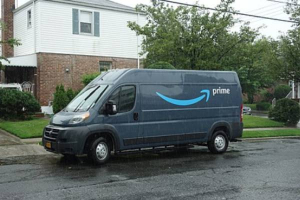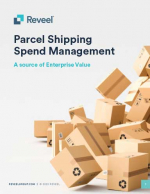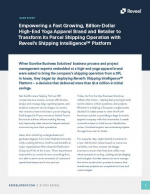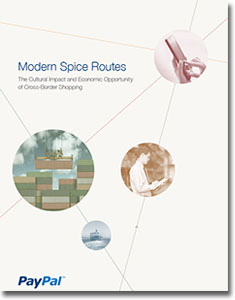Modern Spice Routes: The Cultural Impact and Economic Opportunity of Cross-Border Shopping
By 2018, there will be 130 million of them, spending nearly three times as much, up to $307 billion, five years from now.
PayPal commissioned The Nielsen Company to conduct a survey of cross-border online shoppers across six key markets: the USA, the UK, Germany, Brazil, China and Australia.
In these markets, researchers sampled the views of more than 6,000 online consumers aged 18 and above, who had all made online purchases from overseas websites in the previous year.
They also spoke to merchants in these markets, to find out the secrets of their cross-border trading success.
What did the research discover?
The research identified 94 million cross-border shoppers in total across the six surveyed markets. Together they will spend a total of $105 billion this year, representing 16% of all online shopping.
By 2018, there will be 130 million of them, spending nearly three times as much, up to $307 billion, five years from now.
From country to country, the survey also revealed both similarities and striking disparities in their cross-border online shopping behavior.
Clothing, shoes and accessories represent the largest cross-border online shopping category in five out of the six markets, Brazilian shoppers buck the trend by buying more computer hardware than anything else. And, unlike consumers in any of the other countries researched, Australians value free shipping over quality and variety when it comes to their cross-border purchases.
There are five distinct types of cross-border shopper, which transcend geographic and cultural barriers: the Fearless Adventurer,the Efficient Explorer, the Value Voyager, the Safety Seeker, and the Deal Hunter. Contrary to popular belief, Deal Hunters, who shop overseas for lower prices, only account for 10% of overseas online shopping spend, even though they are nearly a quarter of all crossborder shoppers.
Meanwhile, Fearless Adventurers, those who shop for unique items and look for new places to shop online, are worth more than their weight in gold – while only 13% of the cross-border shopping population, they are responsible for 30% of all shopping spend on overseas websites.
What’s Related




Favorites





